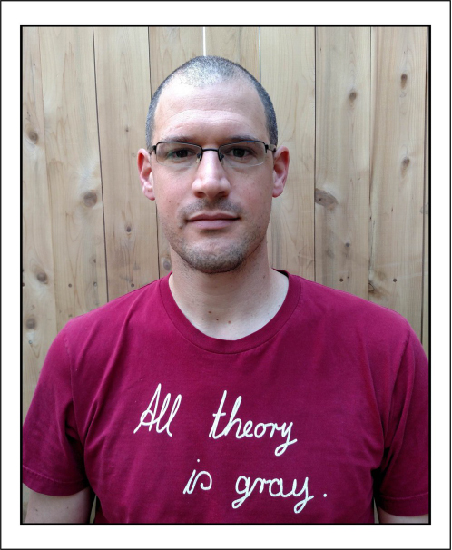Hidden neural states underlie canary song syntax
Published in Nature, 2020
Recommended citation: Cohen Y, Shen J, Semu D, Leman DP, Liberti WA III, Perkins N, and Gardner TJ (2020). "Hidden neural states underlie canary song syntax." Nature 582, 539–544. https://www.nature.com/articles/s41586-020-2397-3
Coordinated skills such as speech or dance involve sequences of actions that follow syntactic rules in which transitions between elements depend on the identity and order of past actions. Canary songs are comprised of repeated syllables, called phrases, and the ordering of these phrases follows long-range rules, where the choice of what to sing depends on song structure many seconds prior. The neural substrates that support these long-range correlations are unknown. Using miniature head-mounted microscopes and cell-type-specific genetic tools, we observed neural activity in the premotor nucleus HVC as canaries explore various phrase sequences in their repertoire. We find neurons that encode past transitions, extending over 4 phrases and spanning up to 4 seconds and 40 syllables. These neurons preferentially encode past actions rather than future actions, can reflect more than a single song history, and occur mostly during the rare phrases that involve history-dependent transitions in song. These findings demonstrate that HVC dynamics includes 'hidden states' not reflected in ongoing behavior - states that carry information about prior actions. These states provide a possible substrate to control syntax transitions governed by long-range rules.
Video: Activity in annotated ROIs aligned to song reveals a sequence-sensitive code depending on long-range order correlations.
Recommended citation: Cohen Y, Shen J, Semu D, Leman DP, Liberti WA III, Perkins N, and Gardner TJ (2020). “Hidden neural states underlie canary song syntax.” Nature 1–6. doi:10.1038/s41586-020-2397-3.
